Home>Garden Essentials>How To Make Succulent Vertical Garden
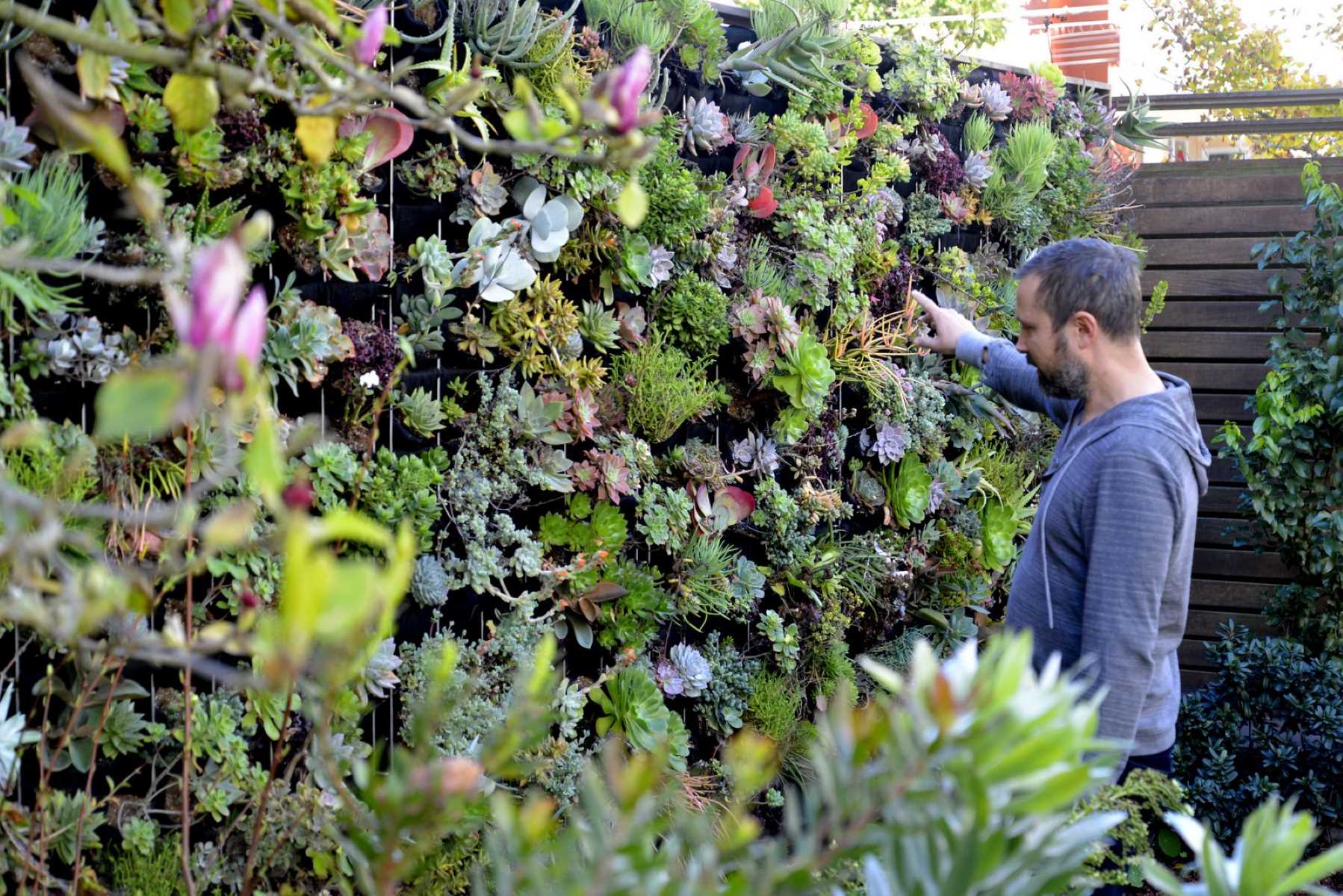

Garden Essentials
How To Make Succulent Vertical Garden
Modified: March 15, 2024
Learn how to create a stunning vertical garden with succulent plants. Enhance your garden with our expert tips for a beautiful and low-maintenance garden.
(Many of the links in this article redirect to a specific reviewed product. Your purchase of these products through affiliate links helps to generate commission for Storables.com, at no extra cost. Learn more)
Introduction
Welcome to the wonderful world of succulent vertical gardening! Whether you have a small balcony or a spacious backyard, creating a vertical garden with succulent plants is a fantastic way to add beauty and greenery to your outdoor space. Not only are succulents visually captivating, but they also require minimal maintenance, making them perfect for both seasoned gardeners and beginners alike.
Vertical gardening has gained popularity in recent years due to its space-saving nature and its ability to transform any dull wall or fence into a vibrant living tapestry. With a little bit of planning and creativity, you can design your own succulent vertical garden that will not only enhance the aesthetic appeal of your outdoor area but also provide a soothing and calming environment.
In this article, we will guide you through the step-by-step process of creating a stunning succulent vertical garden. From choosing the right location to selecting the perfect plants and creating the vertical structure, we’ll cover everything you need to know to get started on your gardening journey. So, let’s dive in and explore the wonderful world of succulent vertical gardening together!
Key Takeaways:
- Creating a succulent vertical garden is a fantastic way to add beauty and greenery to your outdoor space. Choose the right location with plenty of sunlight and good drainage to set a solid foundation for your plant display.
- Select a variety of succulents that complement each other in size, shape, color, and texture to create a visually captivating vertical garden. Follow proper watering and maintenance guidelines to ensure the health and longevity of your succulents.
Choosing the Right Location
One of the first and most crucial steps in creating a succulent vertical garden is selecting the right location for your plant display. Succulents thrive in areas with plenty of natural light, so it is essential to choose a spot that receives at least 4-6 hours of direct sunlight per day.
Inspect your outdoor space and look for a wall, fence, or any vertical surface that gets ample sunlight. South or west-facing walls are usually the best choices, as they receive the most sunlight during the day. Ensure that there are no obstructions such as trees or buildings that cast shadows over the chosen area, as this can hinder the growth and health of the succulents.
Another crucial factor to consider when selecting the location is the availability of water drainage. Succulents are highly susceptible to root rot if they are constantly exposed to excess moisture. Ensure that the chosen spot has proper water drainage or consider installing a drainage system to prevent water from pooling around the roots of your plants.
Additionally, think about the overall aesthetic of your outdoor space and how the vertical garden will fit into the existing landscape. Consider the color palette of the succulents and how it complements or contrasts with the surrounding plants and structures. This will help create a cohesive and visually pleasing garden design.
Lastly, keep in mind the accessibility and visibility of the vertical garden. Choose a location where you can easily reach the succulents for watering and maintenance. Moreover, consider how the vertical garden will be viewed from different angles, such as from inside your home or from various outdoor seating areas. You want to create a stunning visual display that can be appreciated from all perspectives.
By carefully selecting the right location for your succulent vertical garden, you are setting a solid foundation for the success and longevity of your plant display. It’s time to move on to the next step and start selecting the perfect plants for your vertical garden masterpiece!
Selecting the Plants
When it comes to selecting plants for your succulent vertical garden, there are several factors to consider. From the size and shape of the succulents to their growth habits and color variations, each plant plays a crucial role in creating a visually appealing and harmonious display.
First, consider the size of the vertical space you have chosen. If you have a small wall or limited space, opt for smaller succulents that won’t overshadow the area. On the other hand, if you have a larger vertical surface, you can mix and match different sizes and shapes to create a more dynamic and diverse garden.
It’s also important to consider the growth habits of the succulents. Some succulents, like Echeveria and Sedum, grow in rosette shapes and stay relatively compact, making them great choices for vertical gardens. Others, like Senecio or String of Pearls, have trailing or cascading growth habits, which can add a beautiful cascading effect to your garden.
Another aspect to consider is the color variation of the succulents. Succulents come in a wide range of colors, from pastel greens and blues to vibrant pinks and oranges. Consider the color scheme of your outdoor space and choose succulents that either complement or contrast with the existing colors. This will help create a visually striking and cohesive garden design.
When selecting the plants, be mindful of their light requirements and water needs. While most succulents are known for their ability to tolerate dry conditions, some varieties prefer more shade or have specific watering requirements. Do some research on the specific needs of the succulents you’re interested in and make sure they are compatible with the chosen location and the climate in your area.
Lastly, don’t forget to consider the overall aesthetic and texture of your vertical garden. Succulents come in various shapes and textures, from smooth and glossy leaves to spiky and ruffled ones. Mixing different textures can create visual interest and add depth to your garden design.
By carefully selecting a variety of succulents that complement each other in size, shape, color, and texture, you are well on your way to creating a breathtaking and visually captivating succulent vertical garden. Next, let’s move on to the steps of creating the vertical structure to house your plants.
Creating the Vertical Structure
Now that you’ve selected the perfect succulents for your vertical garden, it’s time to create the structure that will hold and showcase your plants. There are several options available, depending on your space, budget, and personal preference.
One popular option is to use a pre-made vertical garden system. These systems are specifically designed for creating vertical gardens and typically consist of modular panels or pots that can be mounted onto a wall or fence. They often have built-in irrigation systems to ensure proper watering for your succulents. Look for a system that is sturdy and allows for easy installation and maintenance.
If you prefer a more DIY approach, you can create your own vertical structure using materials like wooden pallets, trellises, or even repurposed materials like old ladders or window frames. Ensure that the materials you choose are weather-resistant and can securely hold the weight of the succulents.
Before mounting or constructing the vertical structure, it’s a good idea to line the backside with a moisture-resistant material. This will help protect the wall or fence from any potential damage caused by excess moisture from watering your succulents.
When positioning the vertical structure, make sure it is securely attached to the wall or fence and is level to ensure proper drainage and prevent any tilting or sagging. It’s also essential to leave enough space between the wall and the vertical structure to allow air circulation and prevent dampness or mold growth.
Once your vertical structure is in place, you can add a layer of landscaping fabric or a mesh material to the front of the structure. This will help hold the soil in place and prevent it from falling out while still allowing room for the roots of the succulents to grow.
Now that the structure is ready, it’s time to move on to the next step: preparing the soil for your succulent vertical garden.
Preparing the Soil
Preparing the soil is a crucial step in creating a successful succulent vertical garden. Succulents have specific soil requirements to thrive, as they need well-draining soil that promotes root health and prevents waterlogged conditions.
Start by choosing a high-quality potting mix specifically formulated for succulents or cacti. These mixes typically contain a combination of materials like perlite, sand, and organic matter, which help improve drainage and aeration. Avoid using regular garden soil, as it tends to retain too much moisture and can lead to root rot.
Before filling the vertical structure with soil, it’s a good idea to place a layer of gravel or small rocks at the bottom. This acts as a drainage layer, preventing water from pooling at the bottom of the structure. It also helps promote air circulation within the soil, keeping the roots healthy.
Once the drainage layer is in place, fill the vertical structure with the succulent potting mix, ensuring it is evenly distributed. Be mindful not to compact the soil too tightly, as this can hinder drainage. Gently pat the soil down to create a stable base for your succulents.
Now that the soil is prepared, it’s time to move on to the exciting part: planting the succulents in your vertical garden.
When creating a succulent vertical garden, make sure to use a well-draining soil mix specifically designed for succulents. This will help prevent root rot and keep your plants healthy.
Planting the Succulents
Planting the succulents in your vertical garden is where the magic happens. It’s time to bring life and beauty to the structure you’ve created. When planting succulents, it’s important to follow a few key guidelines to ensure their health and longevity.
Start by carefully removing the succulents from their nursery pots. Gently loosen the roots and remove any excess soil, taking care not to damage the delicate roots. This will help the succulents establish better in their new home.
Next, create small holes in the soil of the vertical structure where you want to place the succulents. Make sure these holes are deep enough to accommodate the roots but not too deep that the succulent is buried too far into the soil.
Place the succulent in the hole, making sure that the roots are adequately covered with soil. Gently pat the soil around the base of the succulent to secure it in place. Repeat this process for each succulent, spacing them out evenly and considering their growth habits to ensure they have enough room to thrive.
Once all the succulents are planted, water them lightly to settle the soil. Be careful not to overwater, as succulents are prone to root rot if left in damp conditions. After watering, allow the soil to dry out completely before watering again. Succulents are adapted to survive in dry environments and prefer infrequent but deep watering.
It’s important to note that succulents generally prefer being slightly rootbound, meaning they like their roots to be snug in their containers. So, don’t worry if the plants look close together initially; they will grow and fill in the space over time.
With the succulents securely planted, it’s time to move on to the next step: watering and maintenance of your vertical garden.
Watering and Maintenance
Proper watering and maintenance are essential for the health and longevity of your succulent vertical garden. While succulents are known for their ability to withstand drought, they still require adequate hydration and care to thrive.
Watering succulents in a vertical garden can be slightly different from traditional garden beds or containers. Due to their vertical orientation, there is a higher chance of water draining quickly through the soil. Here are some guidelines to ensure you are watering your succulents effectively:
1. Watering Schedule: Succulents prefer infrequent but deep watering. Allow the soil to dry out completely between waterings. Stick your finger into the soil to check for moisture levels. If the soil feels dry up to your first knuckle, it’s time to water.
2. Watering Technique: When watering, ensure that the water reaches the root area of the succulents. Avoid spraying or misting the leaves, as this can lead to rot and fungal issues. Use a watering can with a narrow spout or a drip irrigation system to water at the base of the plants.
3. Avoid Overwatering: One of the biggest mistakes in succulent care is overwatering. Succulents are adapted to survive in arid conditions, and excessive moisture can cause their roots to rot. Err on the side of underwatering rather than overwatering.
4. Drainage: Adequate drainage is crucial for succulent vertical gardens. Ensure that your vertical structure has sufficient drainage holes or provides enough airflow for excess water to escape. Avoid letting water pool at the bottom of the structure, as this can lead to waterlogged soil.
In addition to watering, there are a few other aspects of maintenance to keep in mind:
1. Fertilization: Succulents generally do not require heavy fertilization. Use a balanced, slow-release succulent fertilizer according to the manufacturer’s instructions, typically applied once or twice a year. Avoid overfertilizing, as this can lead to leggy growth or burned roots.
2. Pruning: Over time, some succulents may grow taller or become unruly. Prune the plants as needed to maintain the desired shape and size. Use clean, sharp pruning tools to avoid damaging the plants.
3. Pest Control: Monitor your succulents for any signs of pests, such as aphids or mealybugs. If you notice an infestation, treat the affected plants with an appropriate organic or chemical pest control method. Isolate infested plants to prevent the infestation from spreading.
4. Inspecting for Diseases: Regularly inspect the leaves and stems of your succulents for any signs of diseases, such as rot or fungal infections. If you notice any issues, remove the affected parts immediately to prevent the spread of disease to other plants.
By following these watering and maintenance guidelines, you can ensure that your succulent vertical garden remains healthy and vibrant for years to come. Regular care and attention will be rewarded with a stunning display of succulents in your outdoor space.
Troubleshooting Common Issues
While succulent vertical gardens are generally low maintenance, they can still encounter a few issues that require attention. Here are some common problems you may encounter and tips for troubleshooting:
1. Overwatering: Overwatering is one of the most common issues faced with succulent care. If you notice that your succulents’ leaves are turning mushy, yellow, or black, it’s likely a sign of overwatering. Adjust your watering schedule and make sure the soil has proper drainage to prevent root rot.
2. Underwatering: If your succulents’ leaves appear shriveled, dry, or wrinkled, it’s a sign of underwatering. Adjust your watering schedule to ensure the soil is adequately moist. However, be cautious not to overcorrect and overwater.
3. Lack of Light: Succulents thrive in bright, indirect sunlight. If you notice that your succulents are stretching, leaning, or losing their vibrant colors, it’s an indication that they are not receiving enough light. Move them to a location with more natural light or consider using grow lights to supplement their light requirements.
4. Pests: Succulents are generally resistant to pests, but occasionally, aphids, mealybugs, or spider mites can infest them. If you notice tiny bugs, webbing, or damaged leaves, take immediate action. Use insecticidal soap or a mixture of mild dish soap and water to get rid of the pests.
5. Fungal Infections: Succulents can be prone to fungal infections if they are exposed to excessive moisture or have poor airflow. If you notice dark, mushy spots or a fuzzy mold-like growth on your plants, it may be a fungal infection. Remove the affected parts and adjust your watering practices to prevent further issues.
6. Legginess: If your succulents are growing tall and stretched out, it’s a sign of legginess. This occurs when plants don’t receive adequate light and start reaching for it. To rectify this, provide them with more sunlight and consider pruning or propagating the leggy succulents.
7. Winter Care: During the colder months, some succulents may go dormant or require protection from freezing temperatures. Research the specific needs of your succulents and provide them with proper winter care, such as moving them indoors or providing frost protection.
Remember, prevention is key when it comes to common issues with succulent vertical gardens. By providing the right conditions, proper watering, and regular inspections, you can minimize the risk of encountering these problems. However, if any issues do arise, take swift action to restore the health and vitality of your plants.
Conclusion
Congratulations on successfully creating your own succulent vertical garden! By following the steps outlined in this guide, you have transformed a bare wall or fence into a stunning display of nature’s beauty. Your vertical garden not only adds visual interest to your outdoor space but also provides a sense of tranquility and harmony.
Remember, the key to maintaining a healthy and thriving succulent vertical garden is to provide the right conditions, including proper lighting, well-draining soil, and a consistent watering routine. Regular maintenance, such as pruning, fertilizing, and monitoring for pests or diseases, will help ensure the long-term health and beauty of your succulents.
Take the time to admire and enjoy your vertical garden. Notice how the succulents grow and change over time, creating a living work of art. Experiment with different succulent varieties and arrangements to add even more depth and interest to your garden.
Don’t forget to share your beautiful creation with others. Your succulent vertical garden can serve as an inspiration for friends, family, and neighbors to create their own green oases in their outdoor spaces.
Lastly, always keep learning and expanding your knowledge about succulents and gardening. There is so much to discover and experiment with in the world of succulents. Stay curious, ask questions, and seek out new ideas to continue enhancing your gardening skills.
Enjoy the beauty and serenity of your succulent vertical garden, and let it be a reflection of your creativity and love for nature. Happy gardening!
Frequently Asked Questions about How To Make Succulent Vertical Garden
Was this page helpful?
At Storables.com, we guarantee accurate and reliable information. Our content, validated by Expert Board Contributors, is crafted following stringent Editorial Policies. We're committed to providing you with well-researched, expert-backed insights for all your informational needs.
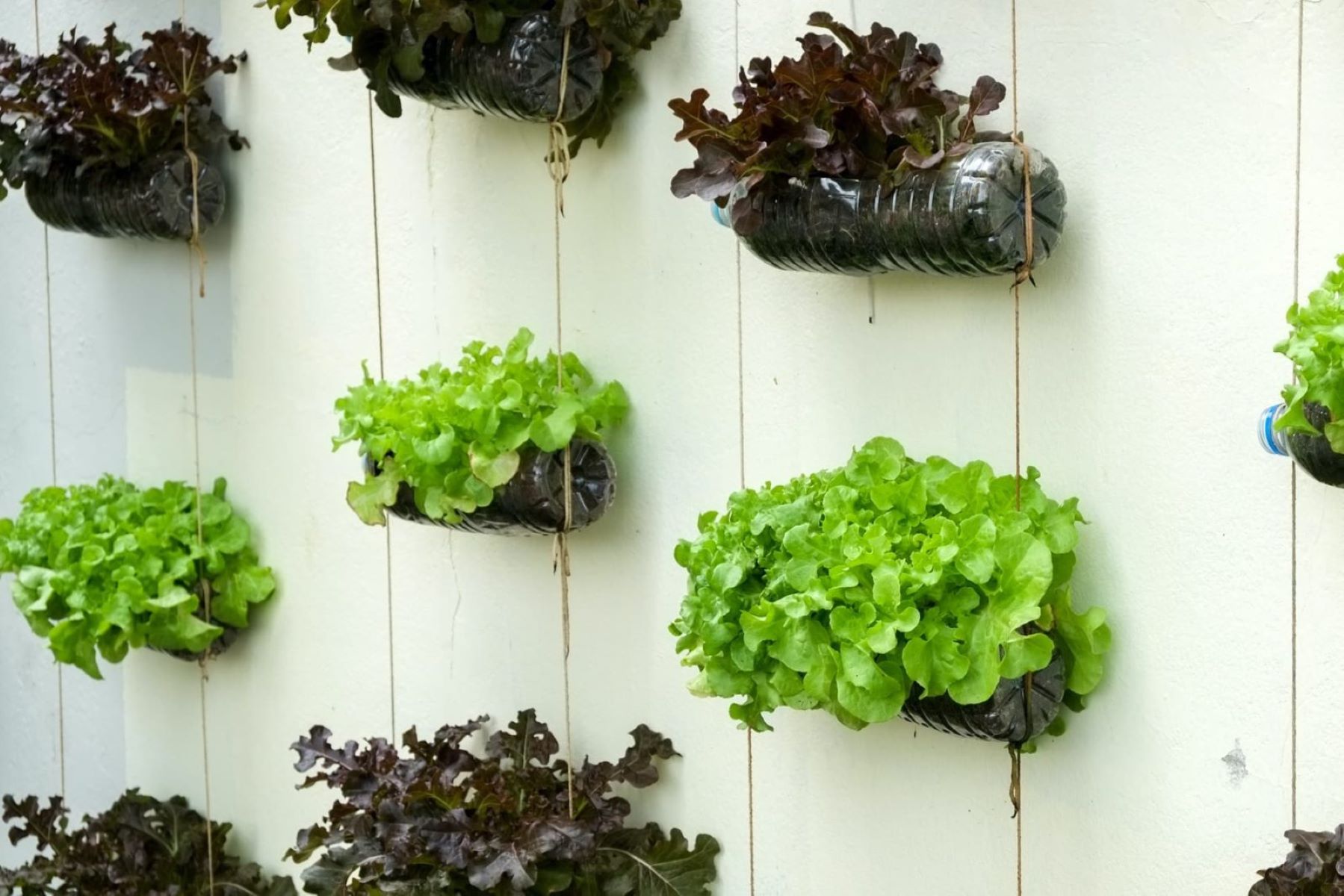
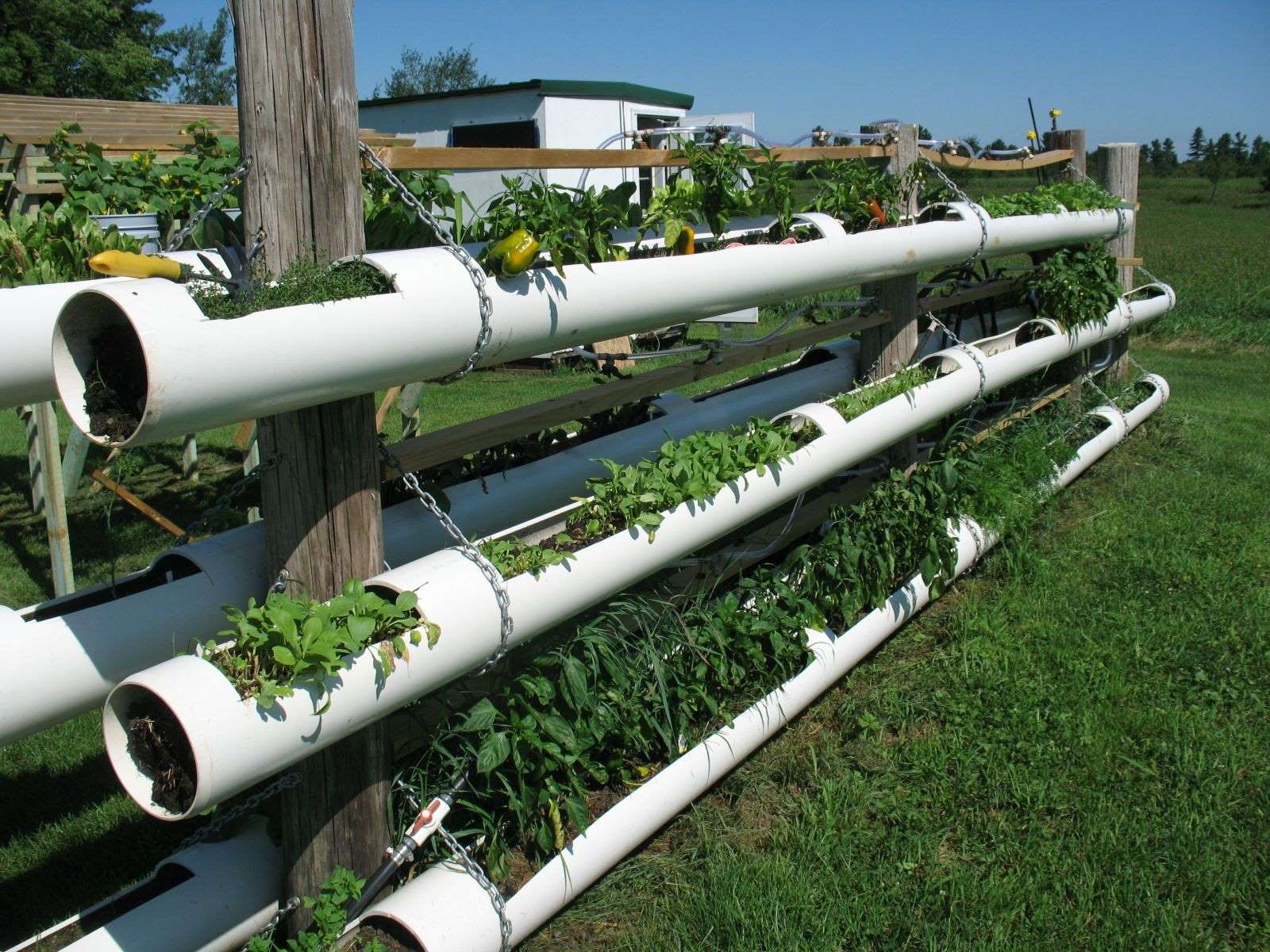
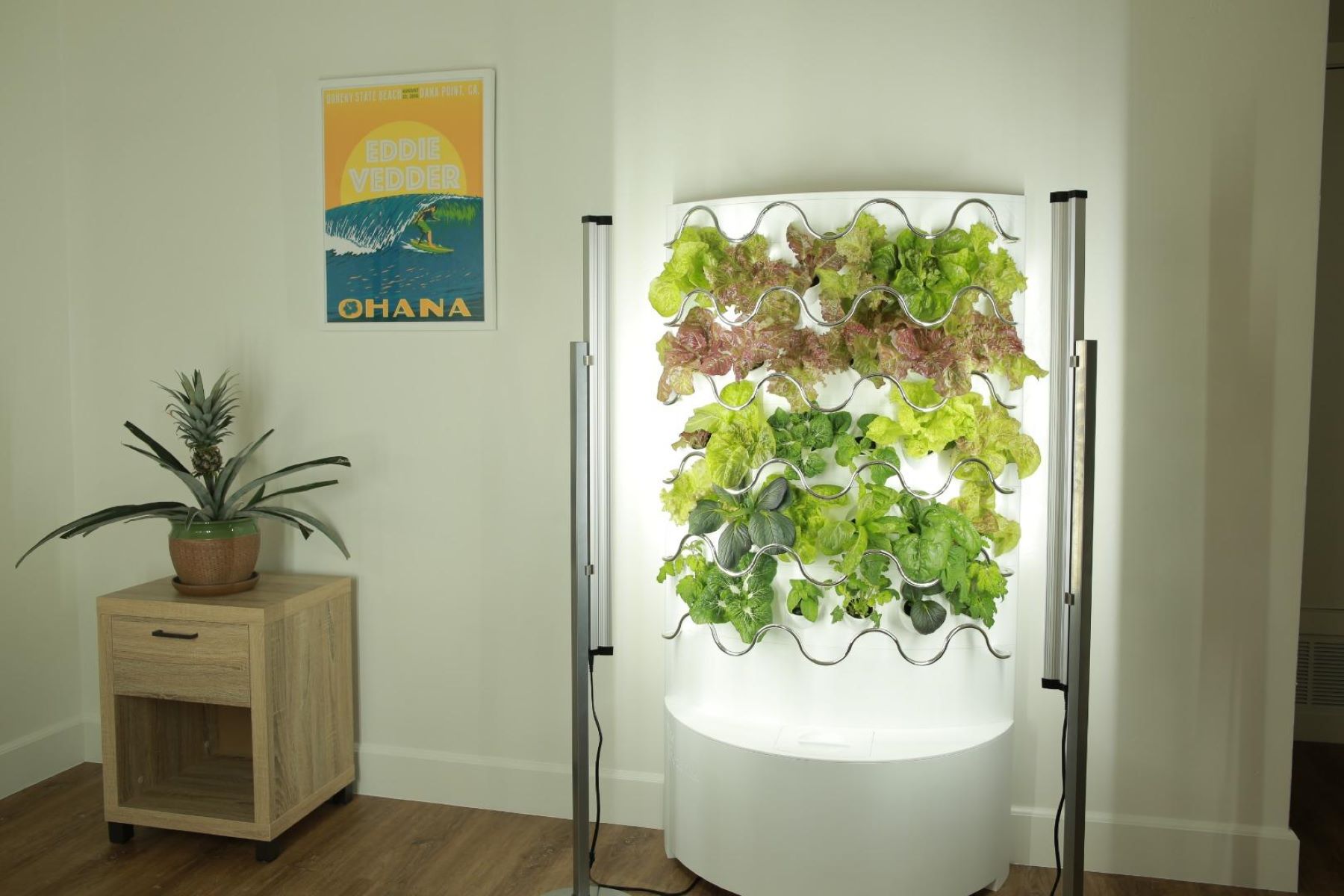
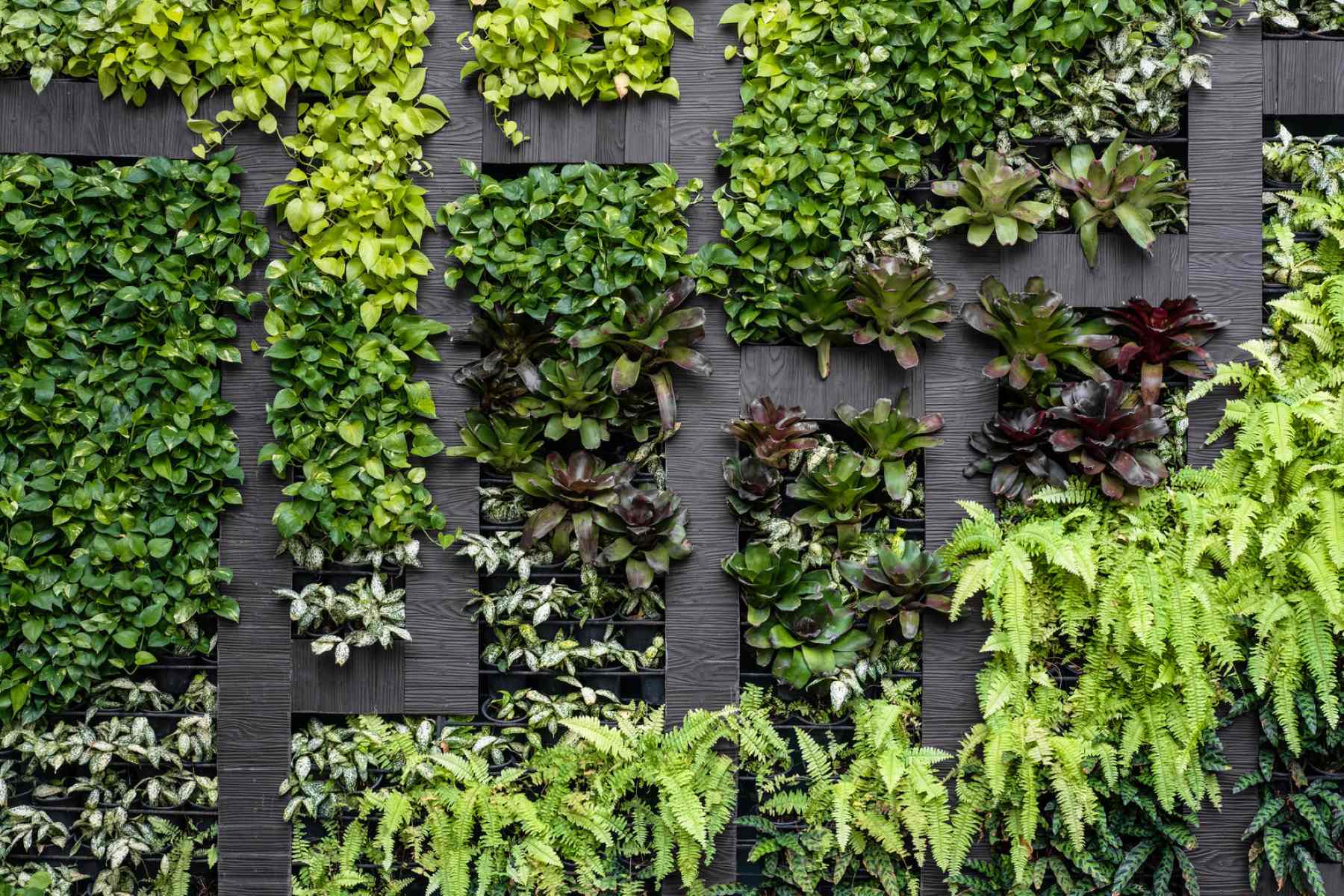
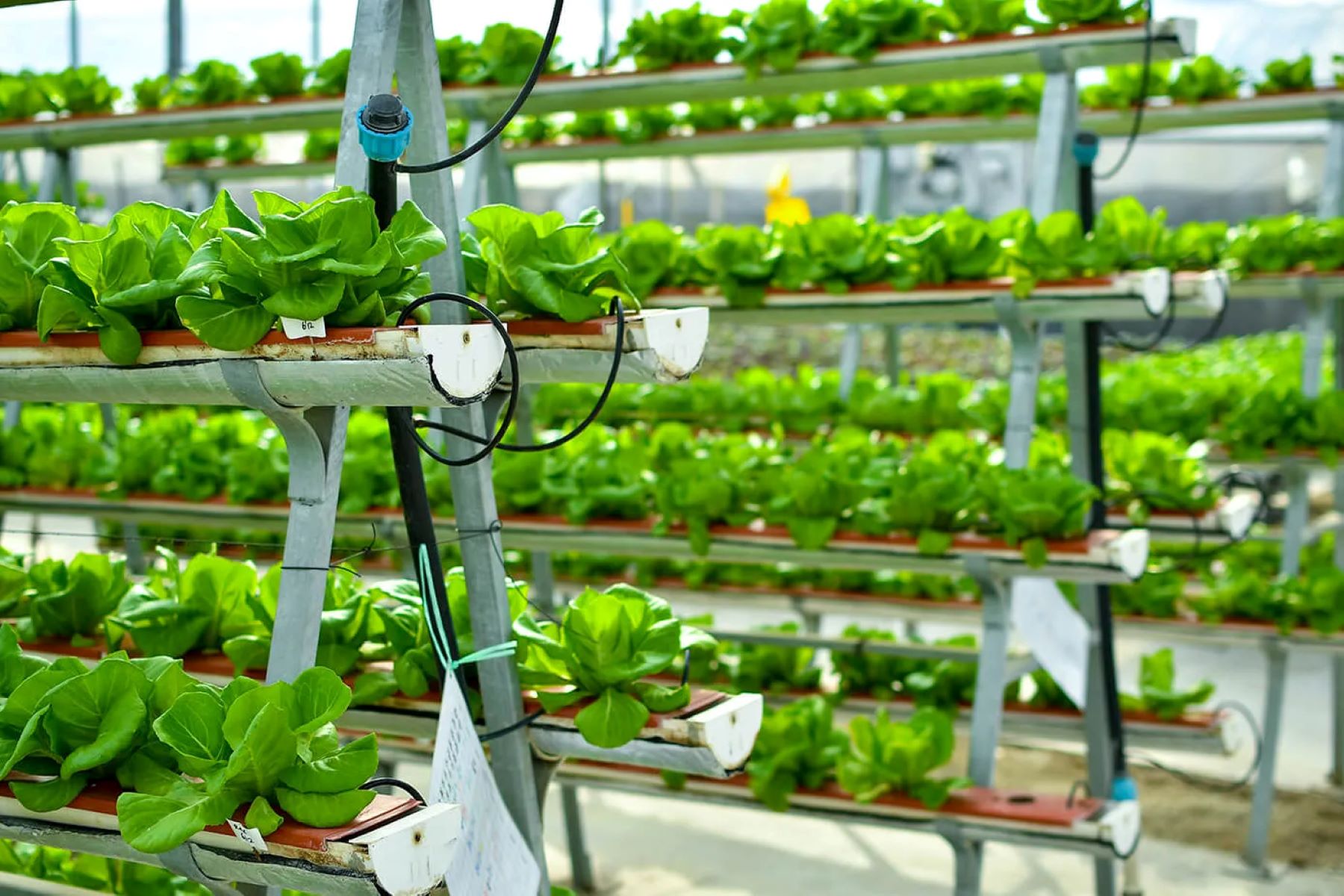
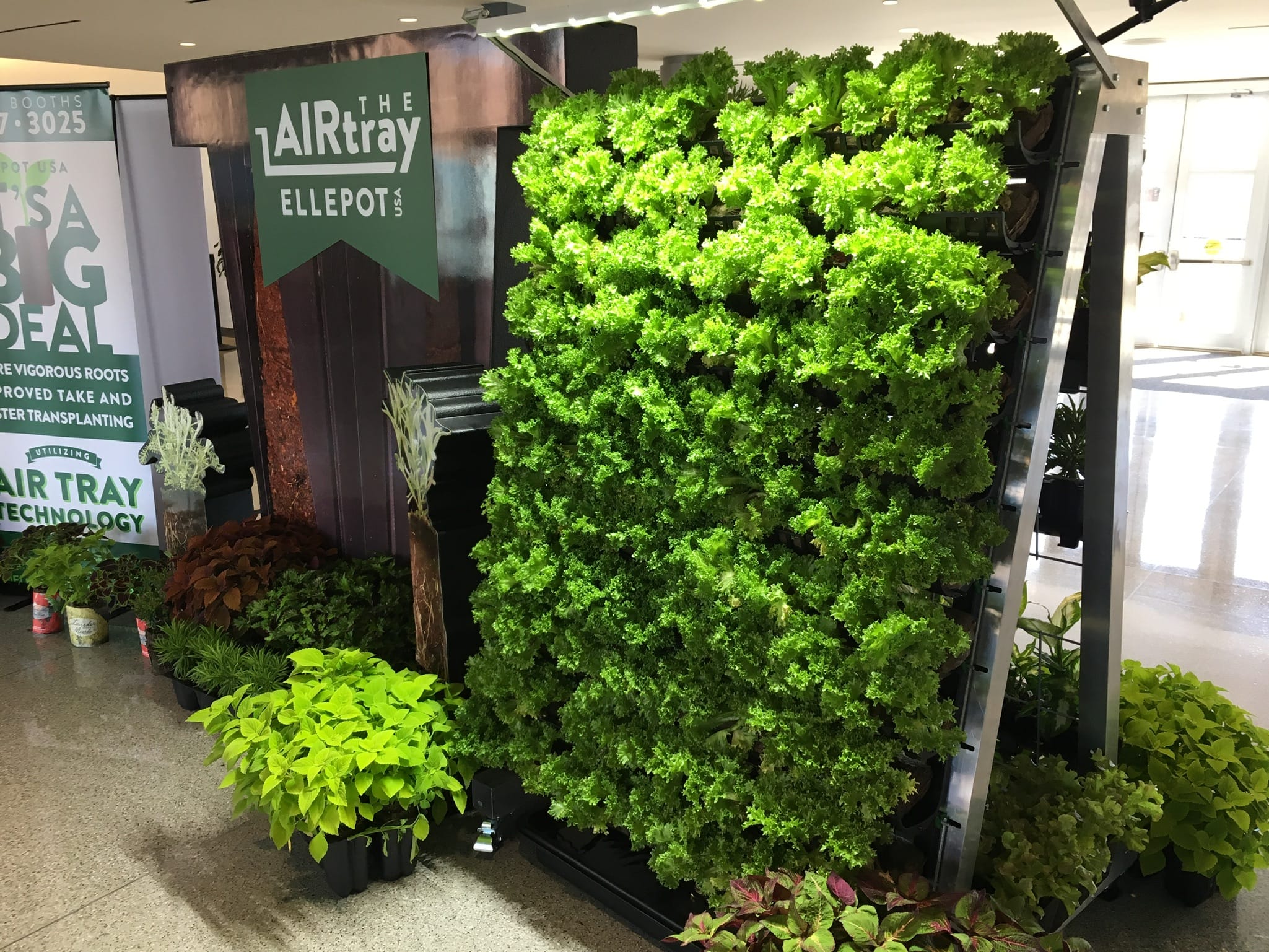
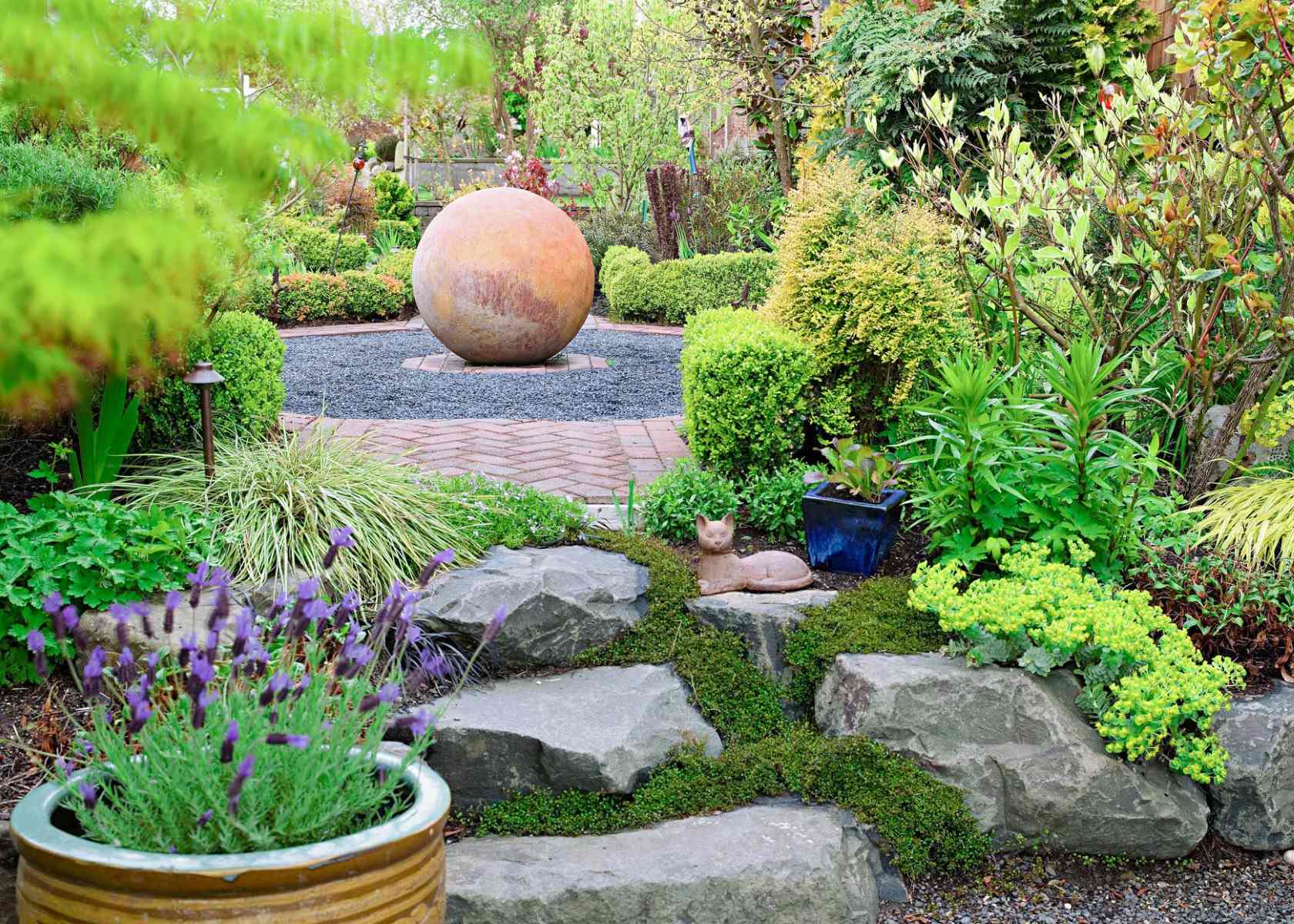
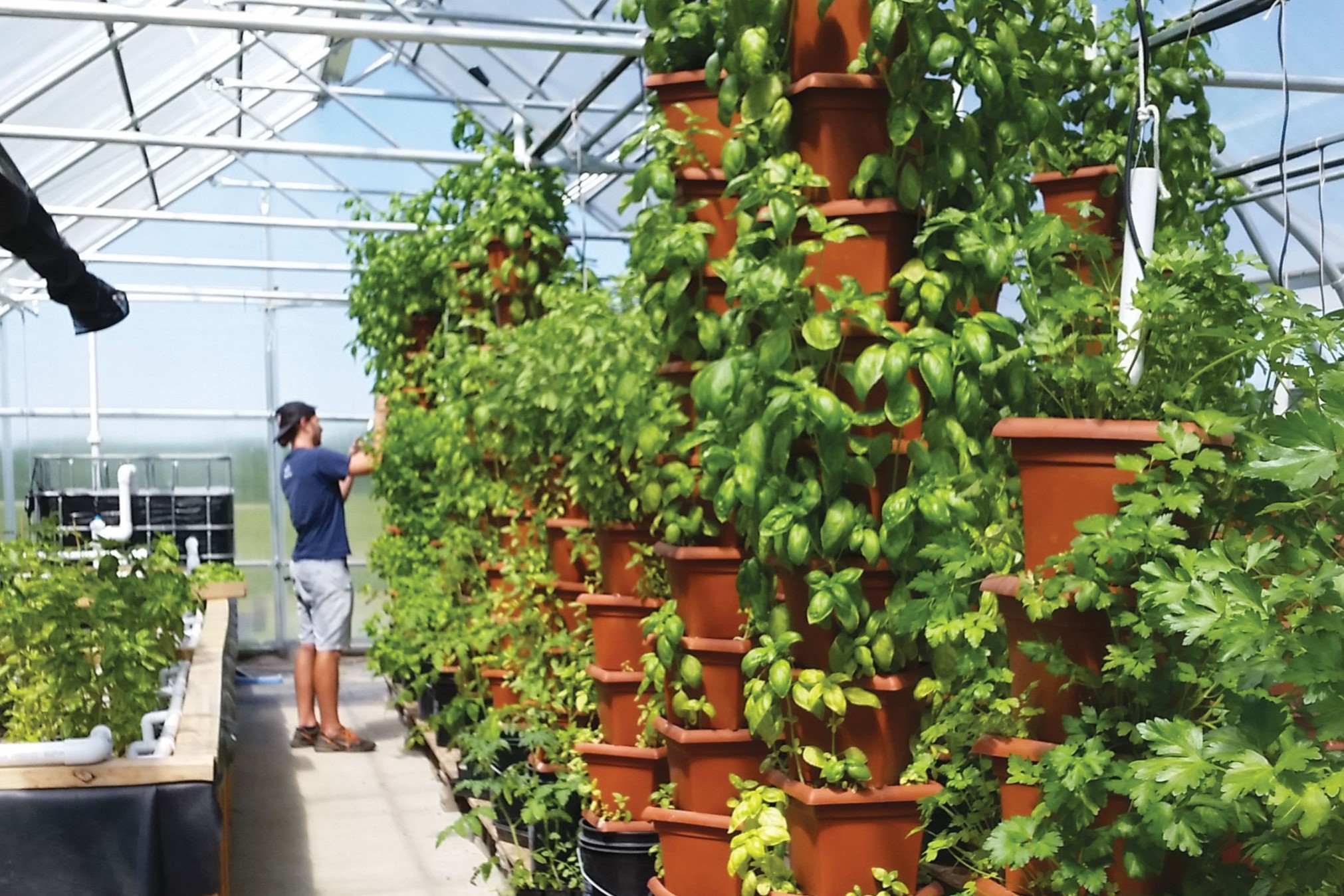
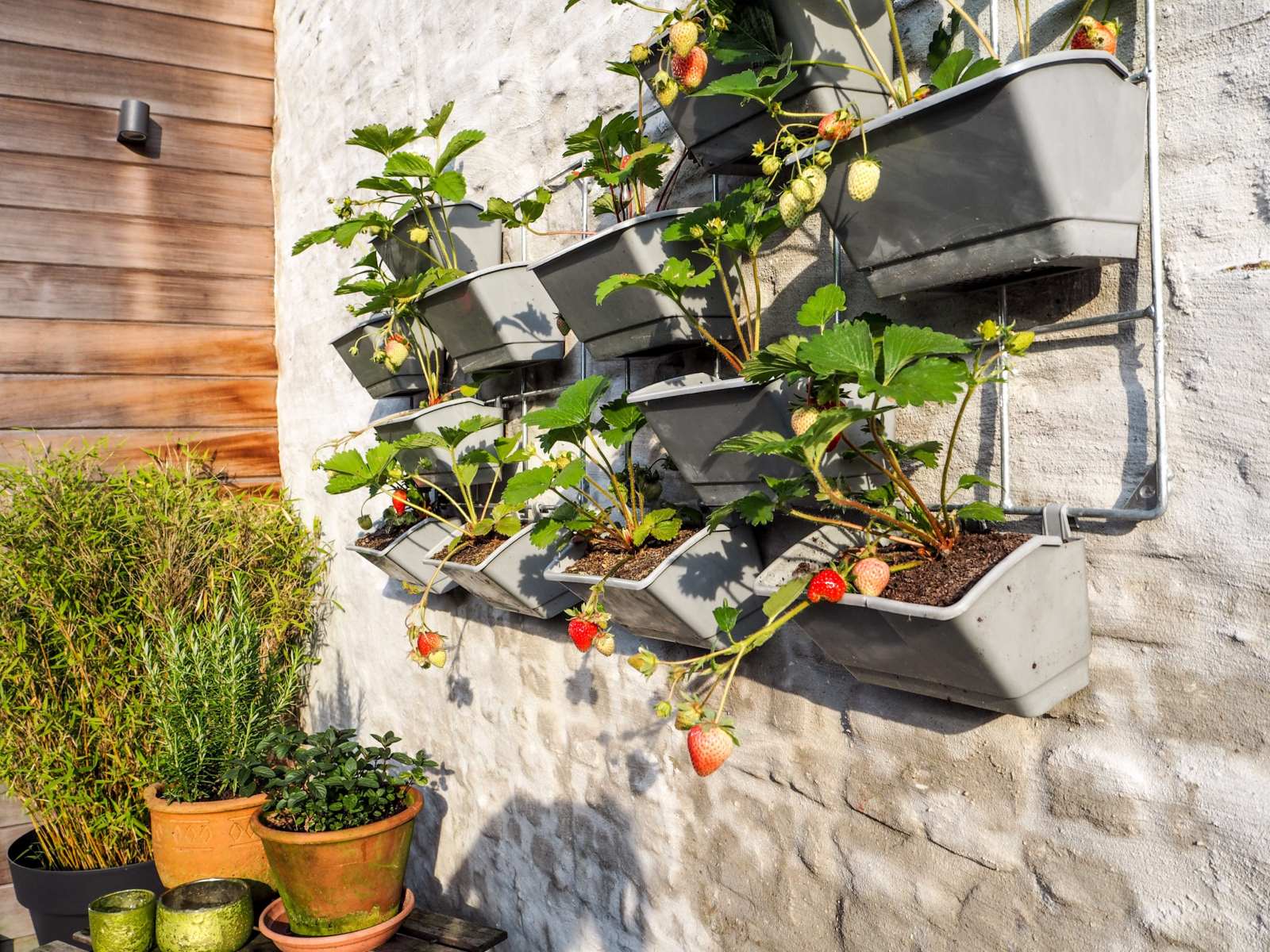
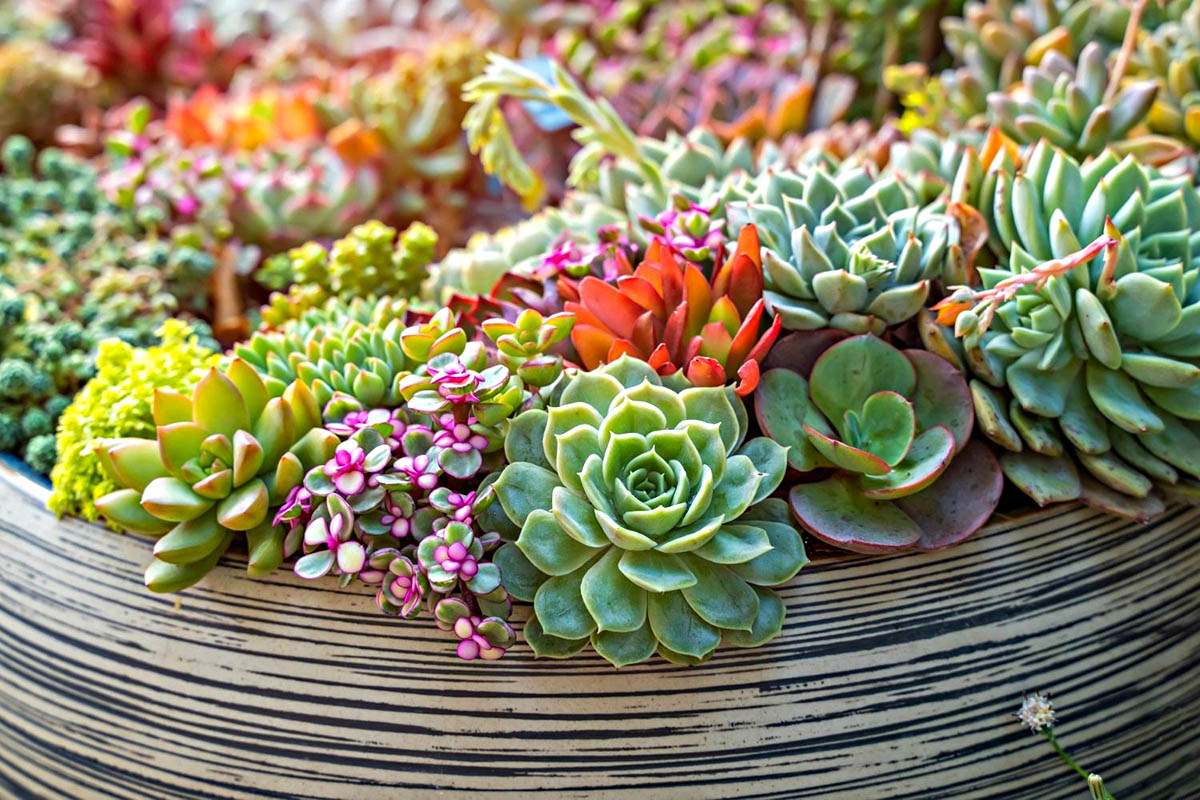
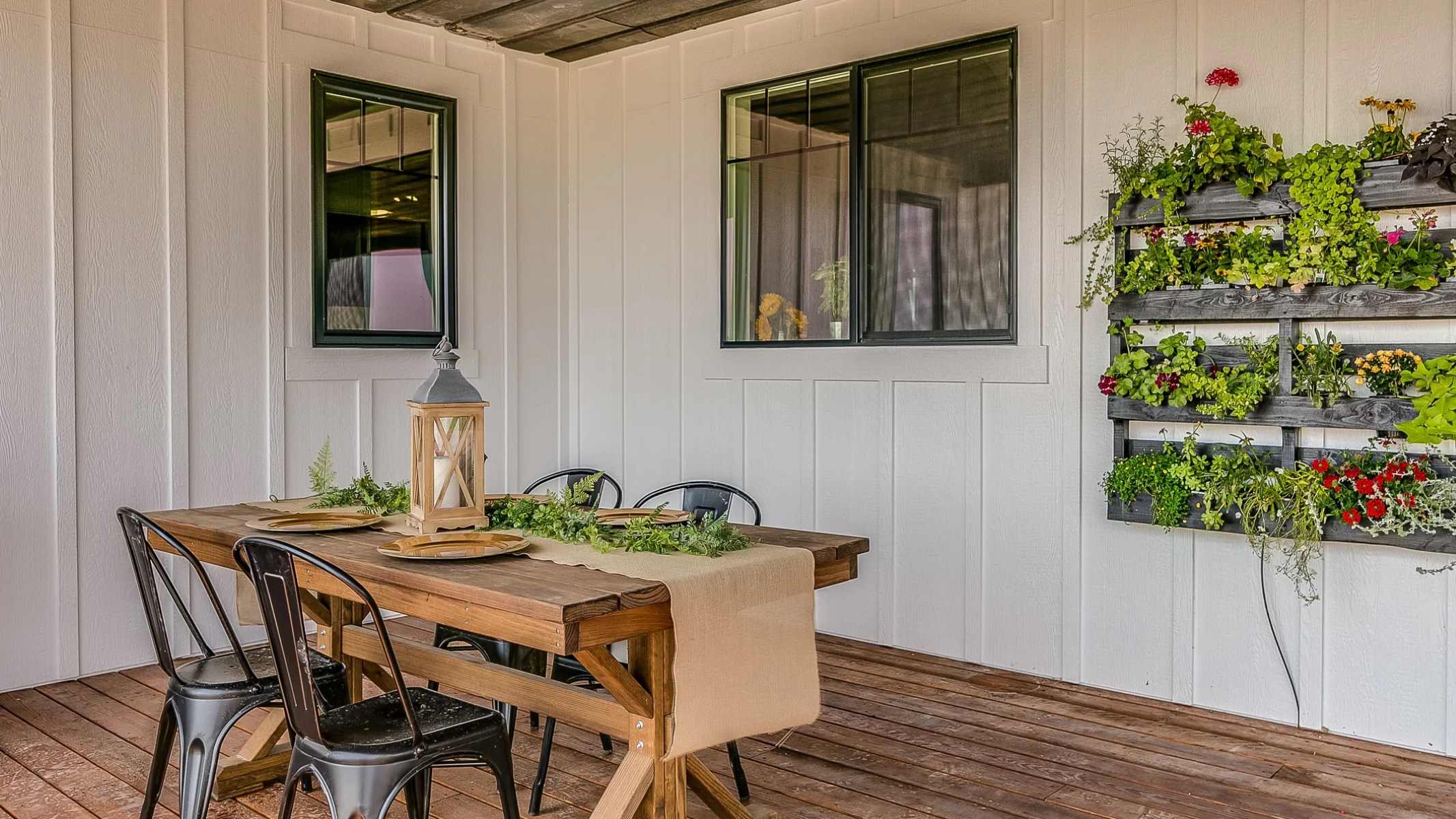
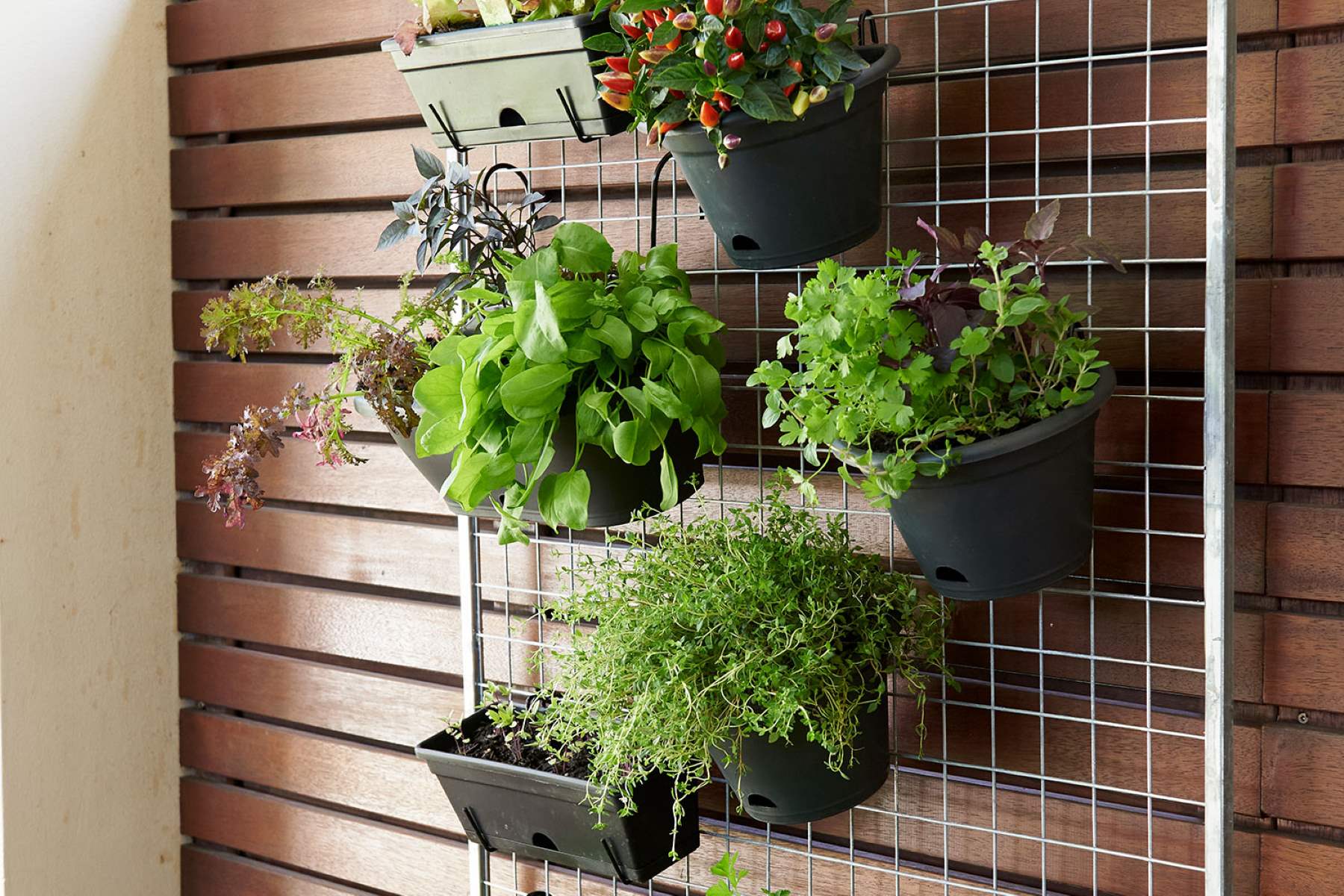



0 thoughts on “How To Make Succulent Vertical Garden”